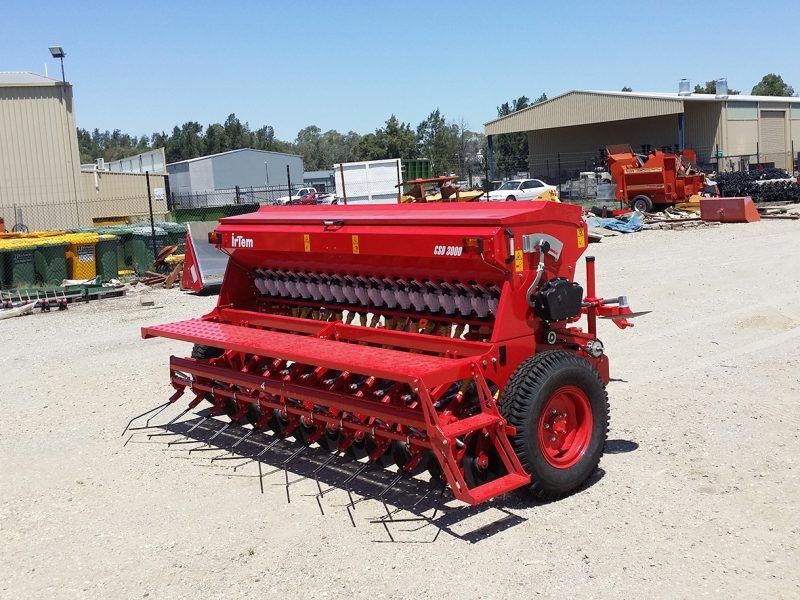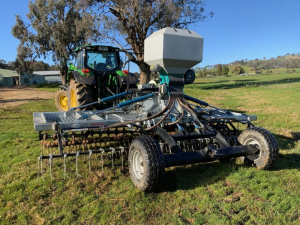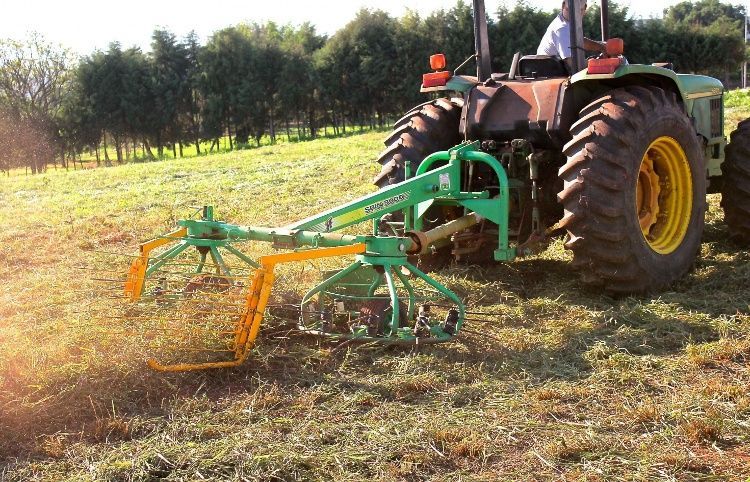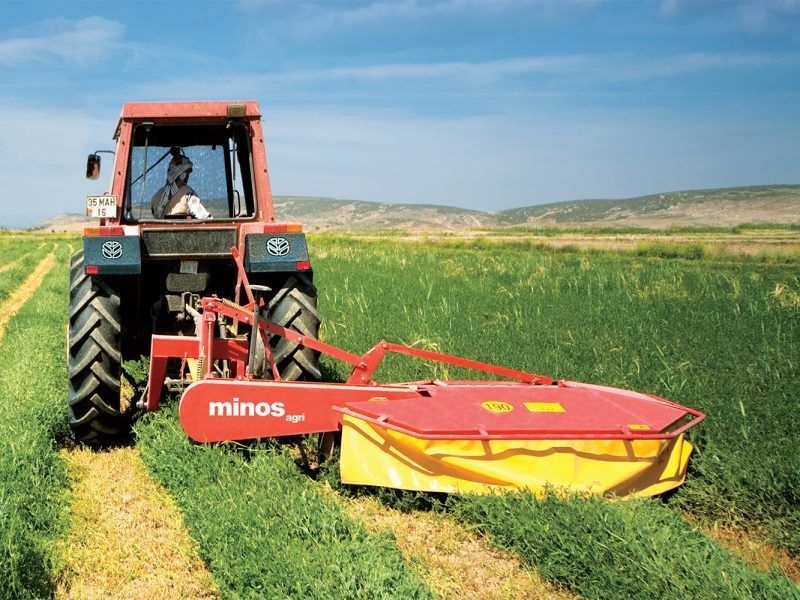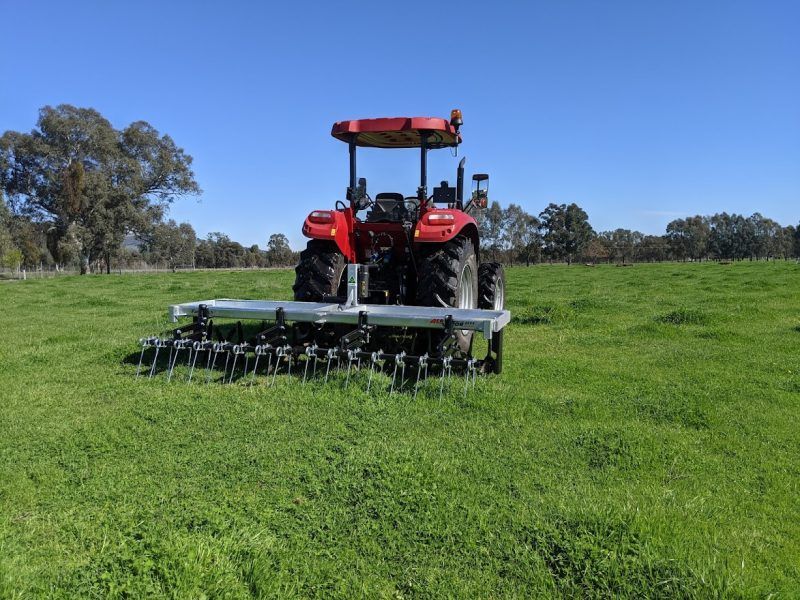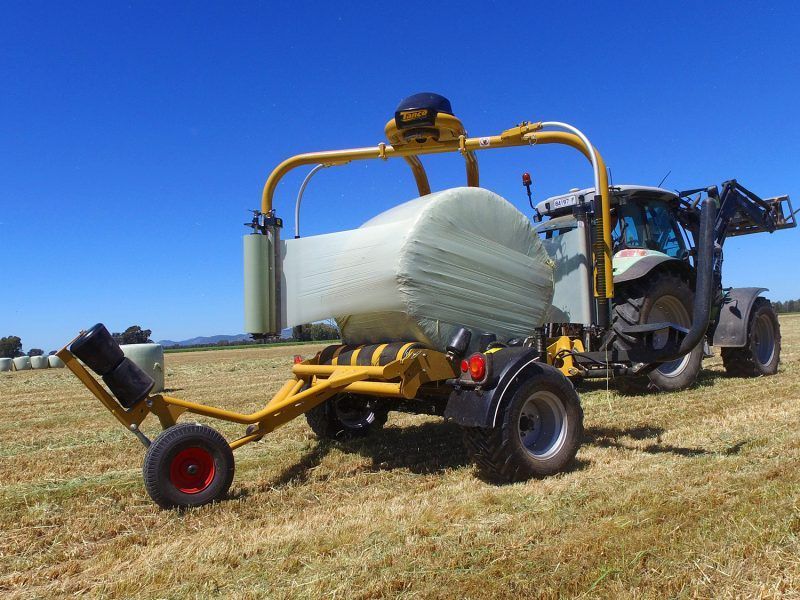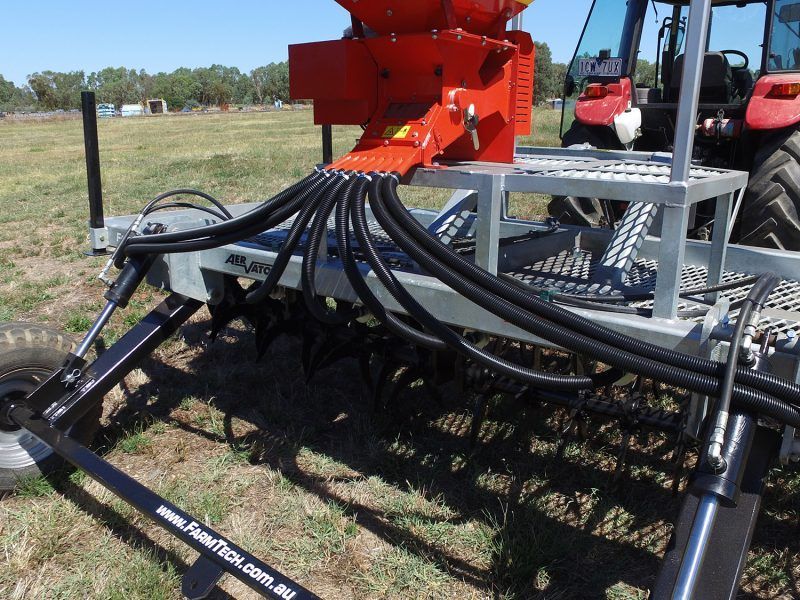Stock Feeding
Stock Feeding systems
Feeding out may well be the most important and costly stage of using conserved fodder. It is a daily chore that will add up to be the most time-consuming aspect of using hay or silage.
Feed-out management of the silage
Side discarge enables exact placement of chopped straw.
When comparing different silage production systems it is important to consider:
- The cost of each, including investment in feed-out equipment, and quality and losses
- The effect of chop length on animal production
- The effect of feed- out management on animal production.
Manual feeding
Manual feeding is the cheapest but most wasteful. The bale is carried to the feeding site by either forks or a bale spike and the twine is removed. The bale is then unrolled by pushing it, generally with the tractor. This method is time-consuming and very dependent on hay condition.
Bales tend to unroll in lumps. Wastage is high.
The Teagle Tomahawk 5050’s mobility was a key factor in
Rob and Shirley Fisher’s decision making process
Ground contact machines
The bale is carried by the grab to the feeding area and the twine is removed. The bale is l owered to the ground and rotates as the tractor moves forward. These machines tend to leave a large mat of hay or silage, which is susceptible to trampling by stock.
Bale Choppers or Shredders
Bale choppers or shredders chop or shred round bales of hay or silage and can process large or small rectangular bales as well. The aim of bale choppers is to increase forage intake and reduce wastage. Chopped material can be placed directly on the feed-out area or added to a mixer wagon for combination with other types of feed.
Know more on how to improve crop growth.
Shirley Fisher, Dairy Farmer at Rochester VIC, demonstrates
very simply how well their new Teagle Tomahawk 5050
converts over meter long hay into perfect feedout material
for her herd
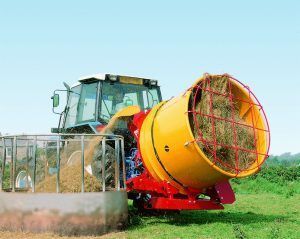
Teagle Tomahawk 4040 ensuring almost zero wastage from a round silage bale



